This year ITA teamed up with the US Forest Service in July to repair one of the highest-traffic trails in the state: the trail to the summit of Mt. Borah, Idaho’s highest peak. With funding from REI, ITA was able to support four volunteers who in total committed 83 hours of work towards the first project in a two-part series on the trail this year. Read about volunteer and project leader John McCarthy’s experience with the July project and join us in September!
Four reasons to join the September ITA Borah trail project Phase II stand out from someone who worked Borah Phase I: the project itself; the trail location; the crew and the mountain, Borah Peak.
The project is to complete restoration of one of the most popular hiking trails in Idaho. The section of trail we worked was up to the tree line, above 9,000 feet, where we established a primary route out a morass of switchback cuts and straight down erosion plunges. We dug in a primary tread line snaking up the steep climb through the trees and we hauled in a large segment of the down whitebark pine forest to make staying on the trail unavoidable. Phase II will continue the work downslope and fine-tune Phase I after two months of heavy use from the prime hiking season. It will still be a steep, tough climb through the trees. It will not be an eroding maze anymore and the participants in the September Phase II will see the results of their hard work.
The trail location is one of the iconic places of Idaho. The trail goes up the side of the Lost River Range with wide views to high peaks of the Pioneers and the White Clouds on west side of the valley. The trailhead at 7,500 feet provides a good base camp and should be starting to quiet down for end of the season in September, while there are sure to be some hikers making a run for the top. One of the fun things is hearing their comments as they go and come back down. A satisfying regular comment from hikers is their appreciation for the quality of the trail repair.
The crew includes us ITA volunteers, an ace trail coordinator from the Salmon-Challis National Forest, Phil McNeal, and a stellar group of six young trail workers from the Montana Conservation Corp, who will be back in September. Phil did the project design, retaining the challenge of the trail while making it less damaging to the resource and safer. He is also an energetic leader and trail teacher, one of the best I have worked with. The MCC crewmembers are also top quality trail companions, as well as young and strong, able to move the big hunks of whitebark pine on the sliding steep slopes. Our ITA crew in July could have been more in number but Denise, Tom and I put in a lot of work and saw a lot of improvement. I hope the September Phase II draws a full ITA crew and they can be assured of having excellent trail partners.
The final great reason to do this project is to be on Borah Peak, at 12,662 the highest point in Idaho. At the end of the three days of trail work, participants will be tough, acclimatized to the high elevation and ready to make a run toward an ascent of the mountain. It is highly recommended for crewmembers to consider staying over for a Monday climb, as the three of us did.
The Borah trail project adds up to a great opportunity for accomplishment, in a stunning location with great people. I wish I wasn’t already committed to a fun family event, or I’d go back to Borah.
John McCarthy, Boise





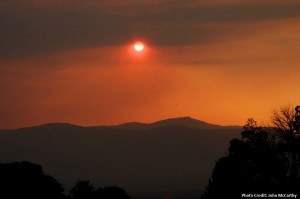
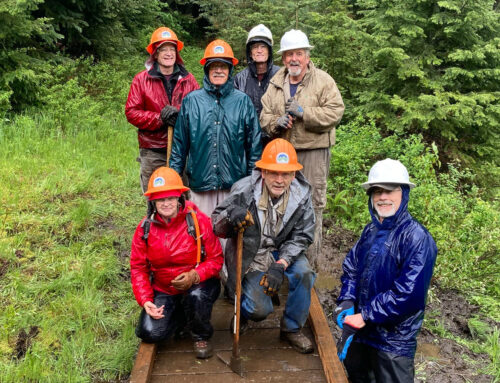
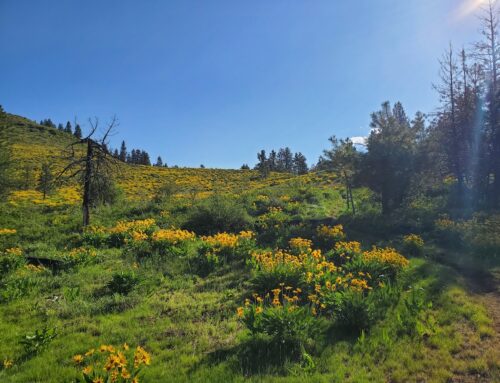
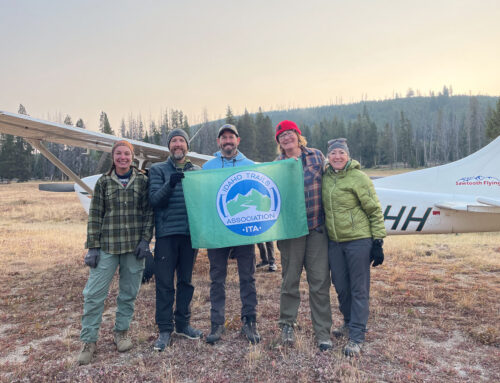
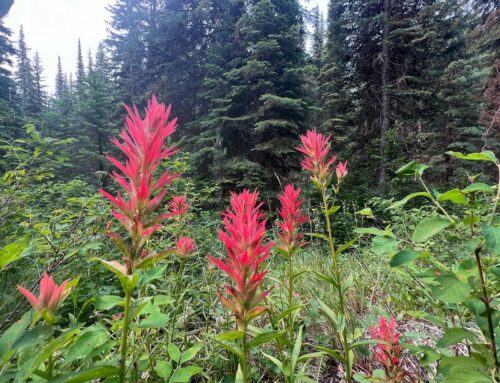
great job on the trail..I just finished the climb on 8/31/13. It was easy to follow and not get off the beaten path. Thank you for the hard work. Your labor was greatly appreciated, and the erosion you saved will greatly enhance the mtn
Congratulations on the climb Bill! We are happy that you enjoyed the recently worked-on trail and we will be heading back there on the 21st to resume work. Couldn’t do it without our volunteers.
Thanks for the article, John! We had a great time working with the ITA again, but wished you could have joined us! Hope to work with you all again next year.
-Betsy, Montana Conservation Corps
I had a great time on the Borah Trail project. John did a great job, the ranger working with us was a tribute to the Forest Service and the kids from the Montana Conservation Corps gave me a whole lot of hope for the coming generations who will take over for us older volunteers in the future. Looking forward to this year’s projects. Wish I could do more but I’ll be out of the country a big part of August.
We’re glad to hear Tom! We look forward to your participation on trail projects this summer.